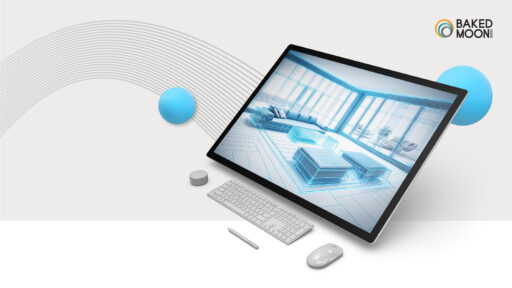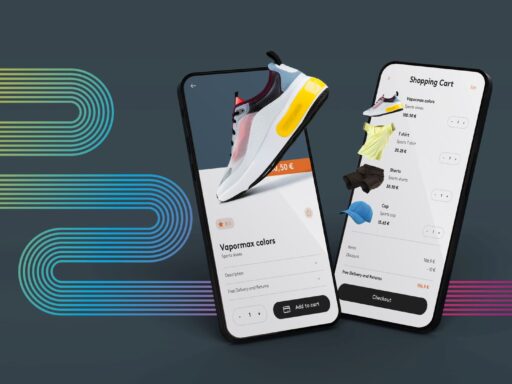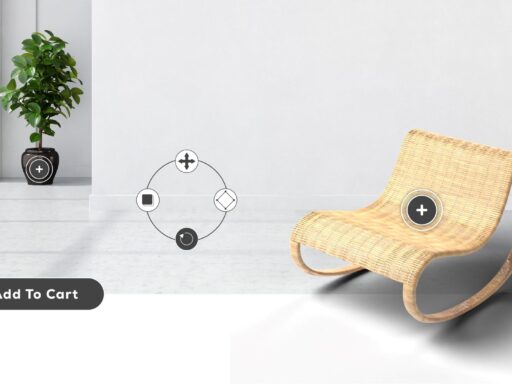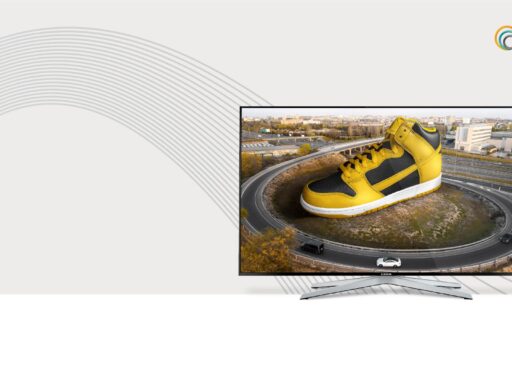In today’s competitive world, providing effective presentations and communicating ideas and concepts to clients is crucial for success. 3D modeling helps to enhance the quality of client presentations.
Using 3D presentations of products, designs, or concepts creates immersive experiences for clients. This helps them understand and appreciate them better than just looking at pictures or reading descriptions. Clients can see and interact with a 3D model and understand what it looks like and how it works.
This article will explore the importance of 3D modeling in client presentations.
What is 3D Modeling?
3D modeling is the process of bringing such digital creations to life using specialized software. It’s like sculpting but with technology! Skilled 3D artists can create realistic or stylized models by manipulating vertices, edges, and faces. These models can be used in various industries, including architecture, product design, animation, and gaming.
Why Use 3D Modeling Presentations?
3D modeling in client presentations offers a more immersive and engaging experience than traditional 2D visuals. It allows clients to visualize products, designs, or concepts realistically. This can help clients make informed decisions, as 3D models can communicate complex information more easily. 3D models can also create a stronger connection between the presenter and the audience, making for a more effective presentation.
Importance of Visual Appeal in Presentations
When it comes to business presentations, making them visually appealing is very important. It helps to grab the audience’s attention and leave a lasting impression. One way to do this is by using 3D models in presentations to showcase products or designs interactively and dynamically. This makes the presentation more memorable and increases the perceived value of the offerings, which can influence the client’s decision-making process.
How Do You Create 3D Models for Client Presentations?
1. Choose the right software: Select a 3D modeling software that suits your needs and skill level, such as Blender, Autodesk Maya, or SketchUp.
2. Collect references: Collect reference images, sketches, or blueprints to guide your modeling process.
3. Make model: Start modeling by creating basic shapes and gradually refining them to achieve the desired form.
4. Add details: Incorporate textures, colours, and lighting to enhance the realism of your model.
5. Optimize for presentation: Manage polygon count and file size to ensure your model is optimized for smooth presentation performance.
Present 3d Models to Your Clients?
Use presentation software or 3D visualization tools for easy navigation and interaction with the models. Explain the purpose and key features of the 3D model to help clients understand its significance. Showcase the model’s different angles, views, or functionalities to engage clients and highlight its versatility. Invite feedback and questions during the presentation to foster dialogue and address concerns or clarifications.
Get Feedback from Clients?
Ask clients to provide feedback on aspects such as design, functionality, and overall appeal of the 3D model. Create structured surveys or questionnaires to gather detailed feedback from clients. Arrange meetings or calls to discuss the 3D models and gather real-time feedback. Use the feedback to make necessary adjustments or improvements to the 3D models, ensuring they align with the client’s expectations and requirements.
Conclusion
3D modeling can provide many benefits in presentation. It improves engagement and communication and helps with decision-making. Businesses can use 3D modeling to enhance their presentations and stand out. To make the most of 3D modelling, professionals should focus on creating thoughtful presentations and requesting client feedback. This can transform how businesses connect with their clients and bring their ideas to life, making it a strategic advantage here to stay.






